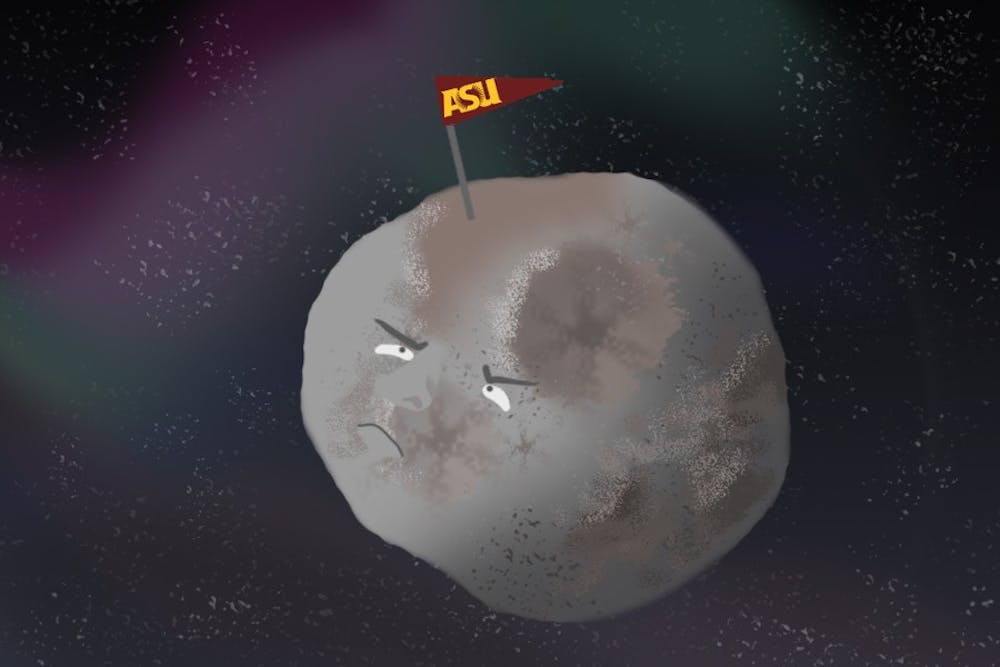A joint mission between NASA and ASU, approved in January, hopes to create a better understanding of the planetary cores through an orbiting spacecraft.
Proposed by Lindy Elkins-Tanton, director of the School of Earth and Space Exploration and principal investigator of the project, the mission involves sending an orbiter to a massive asteroid, known as Psyche, which is between Mars and Jupiter.
The mission's goal is to figure out what Psyche is composed of and discuss the implications of its findings. Present scientific understanding suggests Psyche is composed of nickel and iron, similar to the core of the earth.
“Psyche is a unique world in the solar system,” Elkins-Tanton said. “There’s only one large, fairly round object made of metal in our solar system, and it's Psyche. It’s thought to be the core of a very early planet. That’s our best hypothesis.”
Given the immense heat and pressure at the center of the Earth, it is impossible to extensively analyze the core with current technology. Psyche presents a unique opportunity to gain insight into the planet's core.
“We’ve never visited a metal world,” Elkins-Tanton said. “We don’t know what happens when craters are formed — could some of the metal freeze before falling back? Fracture like glass? Will it look at all like a rocky world on the surface?”
Psyche was discovered in 1852 by Italian astronomer Annibale de Gasparis, but it wasn't until recent advances in telescope technology that its unusual qualities were able to be observed.
The orbiter will be powered by a Hall-effect thruster, utilizing solar electric propulsion.
“We’re following the NASA mission phase approach,” said Tess Calvert, ASU project manager for the Psyche mission. “There’s phase A-F, in phase B we’re doing preliminary design. It’s a big effort, when you’re building something like this.”
Calvert's work is mostly on the imager systems for the orbiter. The Psyche project is part of NASA's Discovery Program that is being managed by the NASA Jet Propulsion Laboratory.
“It’s going to be a very exciting mission,” said Henry Stone, project manager for JPL. “We have an opportunity here to partner with principle investigator like (Elkins-Tanton), with all of her excitement and enthusiasm that she brings to it.”
The orbiter is expected to launch in 2023 after years of design and assembly, and it will take another 5 years to complete the trip. ASU is responsible for building the imaging device on the orbiter and NASA is assembling the launch vehicle, along with other third party developers.
While many current students will graduate before seeing the mission launched, students will still have the opportunity to assist on the project through upcoming events and contests. One of which is a contest to draw Psyche accurately, as there are no high-resolution images of Psyche to date, which will be announced soon.
Reach the reporter at dsimard@asu.edu or follow @lorddyish on Twitter.
Like State Press on Facebook and follow @statepress on Twitter.




